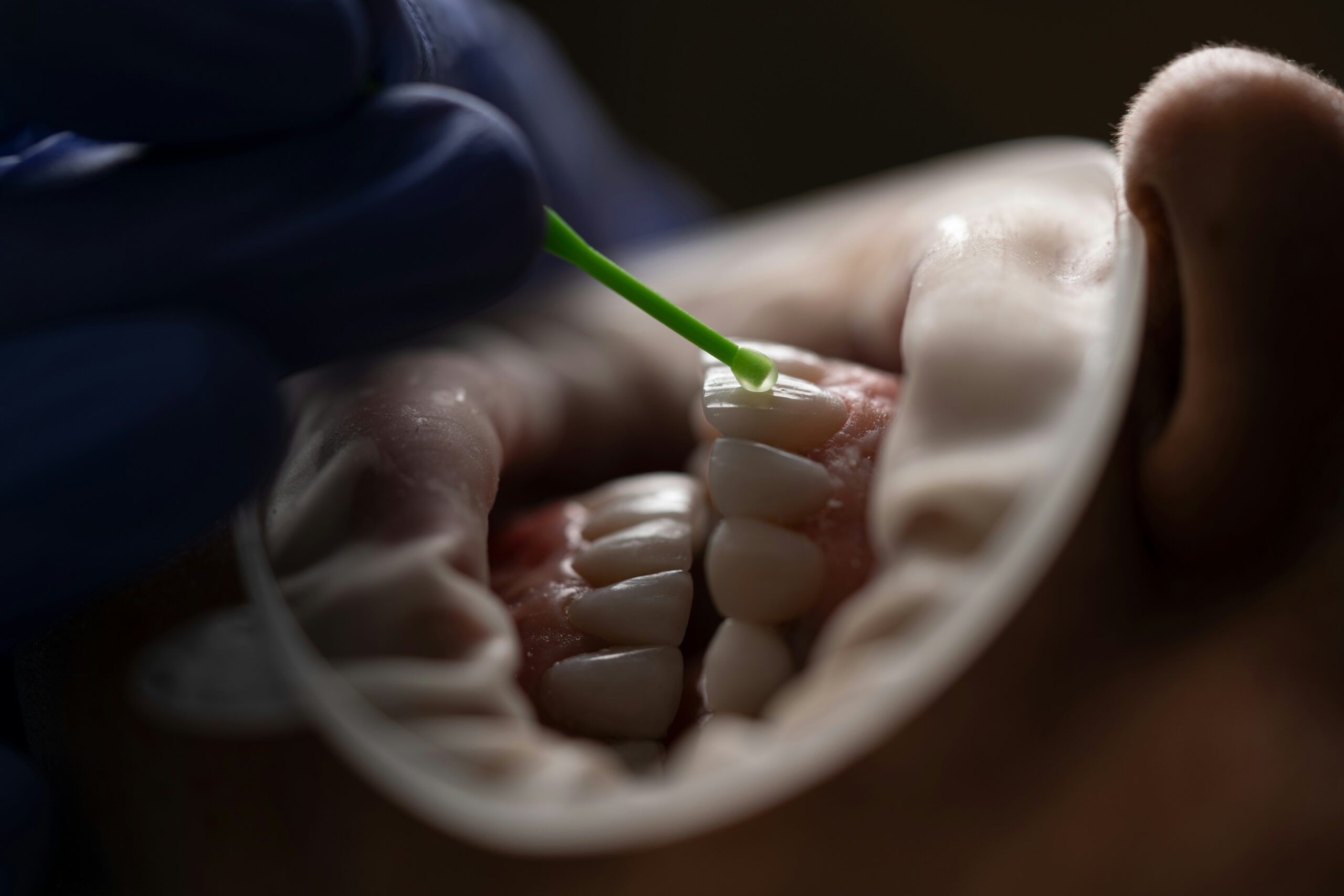The Natural Aging Process and Tooth Discolouration
As we age, it is common for our teeth to lose their bright, white appearance and become discoloured. This is a natural part of the aging process and can be influenced by a variety of factors. Understanding the causes of tooth discolouration with aging can help us take preventive measures to maintain a healthy and vibrant smile.
Causes of Tooth Discolouration with Aging
1. Enamel Thinning: Over time, the enamel, which is the outermost layer of the tooth, naturally wears away. This can expose the dentin, a yellowish layer beneath the enamel, leading to a duller and more discoloured appearance.
2. Staining Foods and Beverages: Throughout our lives, we consume various foods and beverages that can stain our teeth. Common culprits include coffee, tea, red wine, and dark-colored fruits and vegetables. These substances contain chromogens, which are pigmented molecules that can attach to the enamel and cause discolouration.
3. Tobacco Use: Smoking or using other tobacco products can have a significant impact on the colour of our teeth. The chemicals in tobacco can stain the enamel and contribute to tooth discolouration.
4. Poor Oral Hygiene: Inadequate oral hygiene practices can lead to the build-up of plaque and tartar on the teeth. These substances can cause the teeth to appear yellow or brownish in color.
5. Medical Conditions and Medications: Certain medical conditions and medications can affect the color of our teeth. For example, chemotherapy or radiation treatments can cause tooth discolouration, as can certain antibiotics and antihistamines.
Prevention of Tooth Discolouration with Aging
While tooth discolouration is a natural part of the aging process, there are several preventive measures we can take to minimize its impact and maintain a bright smile:
1. Maintain Good Oral Hygiene: Brushing your teeth at least twice a day and flossing daily can help remove plaque and prevent tooth discolouration. Regular dental cleanings can also remove surface stains and keep your teeth looking their best.
2. Limit Staining Foods and Beverages: While it may be difficult to completely avoid certain foods and drinks, it is helpful to limit your consumption of staining substances such as coffee, tea, and red wine. Drinking through a straw can also help minimize contact between these beverages and your teeth.
3. Quit Smoking: If you smoke or use other tobacco products, quitting can significantly improve the appearance of your teeth. Not only will it help prevent tooth discolouration, but it will also have numerous other health benefits.
4. Consider Professional Teeth Whitening: If your teeth have become significantly discoloured with age, professional teeth whitening treatments can help restore their brightness. Your dentist can recommend the most suitable option based on your specific needs.
5. Stay Hydrated: Drinking plenty of water throughout the day can help rinse away food particles and prevent staining. It also promotes saliva production, which can naturally neutralize acids and protect the enamel.
Conclusion
While tooth discolouration is a common occurrence with aging, understanding its causes and taking preventive measures can help us maintain a vibrant smile. By maintaining good oral hygiene, limiting the consumption of staining substances, quitting smoking, considering professional teeth whitening, and staying hydrated, we can minimise the impact of tooth discolouration and keep our smiles looking their best as we age.

